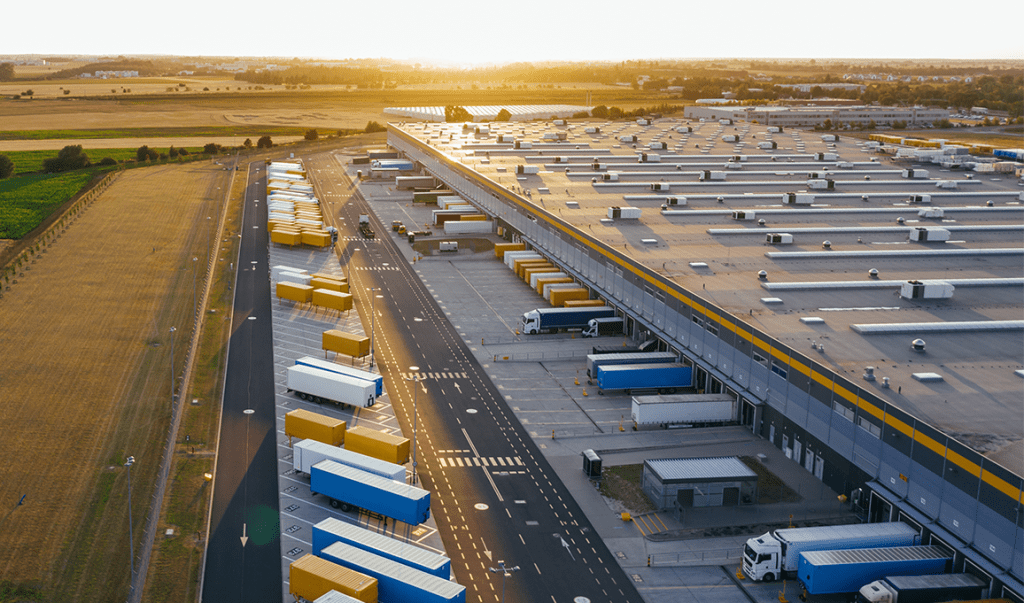Learn the difference between LTL and FTL shipments to decide which option is best for your business.

Learn the difference between LTL and FTL shipments to decide which option is best for your business.
The biggest difference between LTL vs FTL is that LTL (Less than Truckload) shipments have multiple shippers on a single truck, and FTL (Full Truckload) shipments have only one shipper on a single truck. Generally, LTL shipments are smaller than FTL – usually fewer than 12 pallets.
A common misconception is that FTL shipments take up the full truck. However, there are instances when a merchant may choose to transport a smaller shipment via FTL. Below, we’ve outlined the five key differences between LTL vs FTL to help you decide which freight shipping method is best for you.
LTL shipments aggregate inventory from multiple shippers on a single truck. This means shippers share the cost of space on the truck and the drivers’ time. LTL networks are very efficient, but you cannot control how the freight forwarder prioritizes your shipment among the many others you’re sharing a truck with.
FTL shipments have a single origin and single destination, otherwise known as a dedicated lane. Your shipment stays on the same truck from the moment it leaves its departure destination to the moment it arrives at its destination.
LTL shipments, on the other hand, stop at several hubs as they move through the network. Forwarders will move your product between trucks at several of these hubs. Every time your product is moved presents a new opportunity for damage, so brands often choose to ship high-value or delicate products via FTL.
Order tracking is important to consumers and merchants alike in today’s digital-first economy. LTL shipments typically offer full order tracking and visibility while the shipment is in transit.
FTL shipments, on the other hand, have scheduled pickup and dropoff times, but they do not usually support tracking while in transit. Since the driver(s) have a single shipment and are on a dedicated lane, their privacy is of utmost importance. Any updates on the shipment’s location must be gathered through direct contact with the freight provider.
Time in Transit (TNT) refers to the amount of time a shipment spends being transported to its destination point. A lower TNT means the product gets to its destination faster and emits less carbon to get there.
Because FTL shipments have a dedicated lane (a straight shot between their origin and destination), they also have a lower Time in Transit than FTL shipments.
Because LTL shipments share space and labor with other shippers, they are typically less expensive than FTL. When transporting smaller freight shipments, it’s important to know if price or service is ultimately more important to your business.
Merchants may choose pay more to ship via FTL over LTL in the following instances:
Freight shipping is complicated, but Ware2Go is here to help. To learn more about freight shipping – from Ocean to final mile – check out our complete guide. For monthly supply chain insights and tips, sign up for our newsletter.